Making your own cat litter is safe, budget-friendly, and sustainable, and it is a lot easier to do than many people think.
There is a range of materials you can use for DIY cat litter and you may even have some of them already in your home such as newspaper, rice, or wheat.
Below we look at 6 of the best DIY cat litters and their advantages and disadvantages.
Contents
1. Sawdust
Sawdust is an inexpensive material that is easy to get hold of and works well as cat litter.
The sawdust may require a bit of preparation before use though:
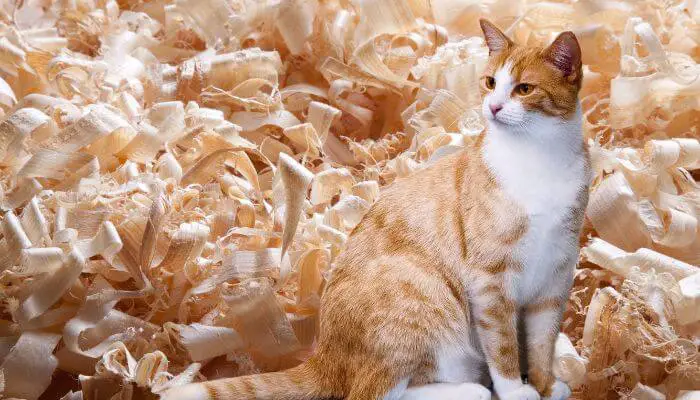
- Before using sawdust, ensure the wood has not come into contact with any artificial products or chemicals during the cultivation and treatment processes.
- Then, remove any splinters and, if necessary, wash the sawdust with an ecological detergent and allow it to dry.
- Once dry, mix a couple of teaspoons of baking soda with the sawdust to help handle strong odours.
- The sawdust is now ready to use as cat litter.
Advantages:
- Biodegradable
- Inexpensive
- Naturally scented
- Cats seem to like it
- Clumps when wet
Disadvantages:
- Can be messy and dusty
- Will need replacing regularly
- Not good to breathe in
2. Newspaper
Reusing newspapers as kitty litter is both economical and environmentally friendly.
The newspaper needs to be prepared before use in litter boxes:
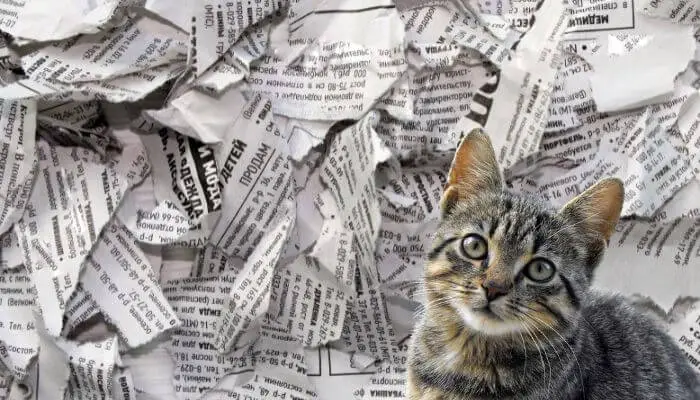
- First, shred or cut the newspapers so they are in thin strips (remember to remove staples and glossy pages beforehand).
- Then, soak the shredded paper in a mixture of water and biodegradable detergent.
- Let the paper sit until the water has turned grey from the ink fading.
- Strain the mixture then add a small amount of water and baking soda.
- Knead this and then strain to remove excess water.
- Spread the newspaper mixture onto a screen to dry – it will be crumbly but wet so air drying for a day or so is necessary before use.
- Once fully dry, the newspaper cat litter is ready to use. It is absorbent and the baking soda helps to control smells.
Although it takes a bit of effort to prepare the newspaper, once these steps have been followed the homemade litter will crumble just like shop-bought cat litter.
Advantages:
- Absorbent
- Low cost
- Readily available
- Environmentally-friendly
Disadvantages:
- Large amounts of newspaper needed
- Takes time to prepare the litter before use
3. Sand
Most cats are naturally drawn to sand as it mimics what they would use in the wild.
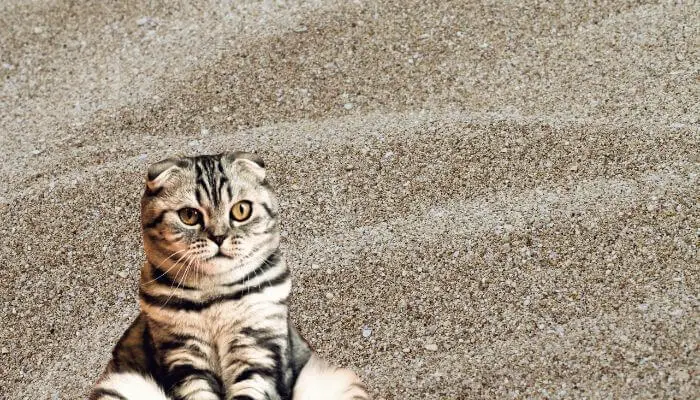
This makes using sand for cat litter at home an effective option, although it can be messy. Sand doesn’t need any preparation but you can add some baking soda to help control odours.
Advantages:
- Cats like using sand
- Cheap
- Does not require any preparation
- Clumps
Disadvantages:
- Messy
- Does not mask odours
- Will make the litter tray heavy and difficult to move around
4. Rice
Rice is a great emergency cat litter as it is absorbent and easy to use.
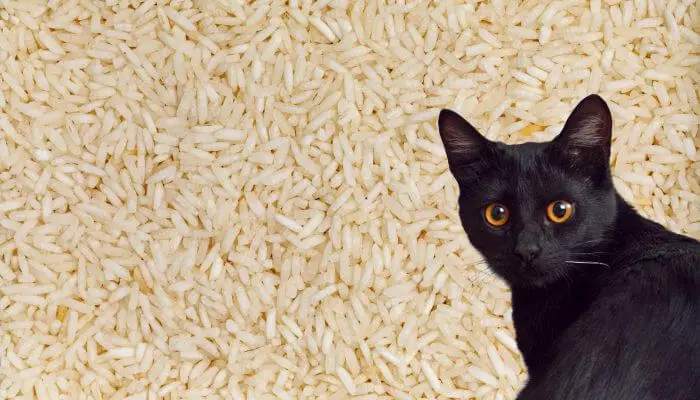
However, rice does expand when wet so be careful not to overfill the litter box.
Advantages:
- Absorbent
Disadvantages:
- Expands when wet
- Does not mask smells
- Cats may not like the feel of rice cat litter
5. Wheat
Whole wheat can be a good option when you’re in a pinch.
It works better if you grind whole wheat berries down into a coarse powder as this will encourage clumping when wet.
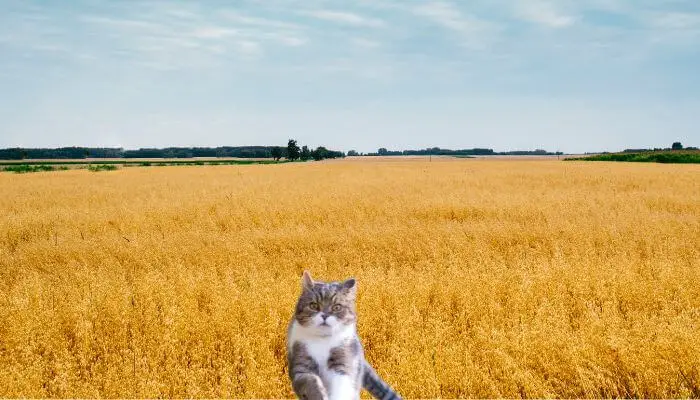
Don’t grind it down too much though as it will become dusty and will be more likely to get tracked around the house on your cat’s paws.
Advantages:
- Clumps
- Eco-friendly
- Compostable
Disadvantages:
- Does not control odours
- Requires grinding before use
6. Chicken Feed
Commercial chicken feed comes in pellets and is very absorbent making it a good substitute for cat litter.
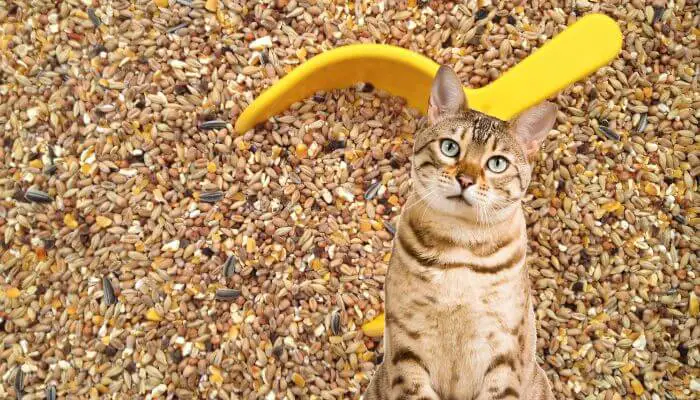
There is no preparation needed, just pour the amount needed into the litter box.
Advantages:
- Similar in look and feel to commercial cat litter
- Absorbent
Disadvantages:
- May attract rodents
Pros & Cons Of Using DIY Cat Litter Instead Of Commercial Litter
DIY cat litter is a great way to save money, help the environment and have full control over what your cat is being exposed to.
It is also great for use in emergencies.
However, there are downsides to using DIY kitty litter too so consider both sides before trying it out.
Pros:
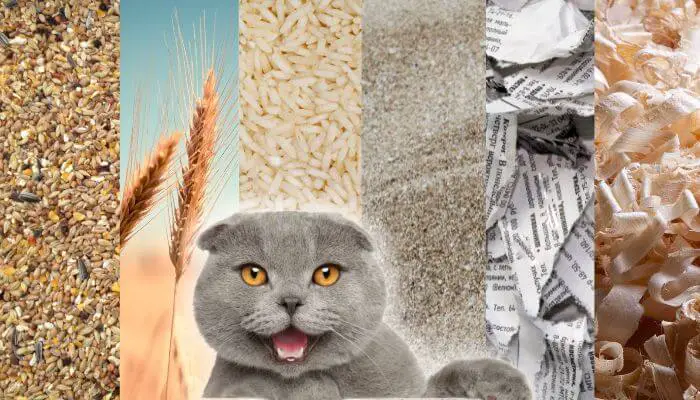
- Lower Cost
DIY cat litter is less expensive than commercial options.
Cat litter is an ongoing expense so finding ways to reduce this can have a surprisingly big impact on how much you’re spending each year.
DIY cat litters can be made at a fraction of the cost of shop-bought litter.
- Better For The Environment
Making cat litter at home is better for the environment because the litter is biodegradable so will break down when it is disposed of.
Making your own cat litter is great if you want to be more sustainable and more self-reliant too.
Some commercial cat litters, such as clay and silica, are not good for the environment due to how the materials are harvested and what happens after they are used.
- Better For Health
DIY cat litter is a safe alternative to commercial litter.
Clay-based cat litters and those that contain silica can contain carcinogens and may cause respiratory problems in cats.
Some cats also experience allergies to cat litter, often due to the scents and ingredients used.
This is why making a homemade cat litter may be better for your cat.
- Great In Emergency Situations
If you’ve run out of cat litter and need something to use for the time being until you get more, these DIY litter options are ideal.
Cons:
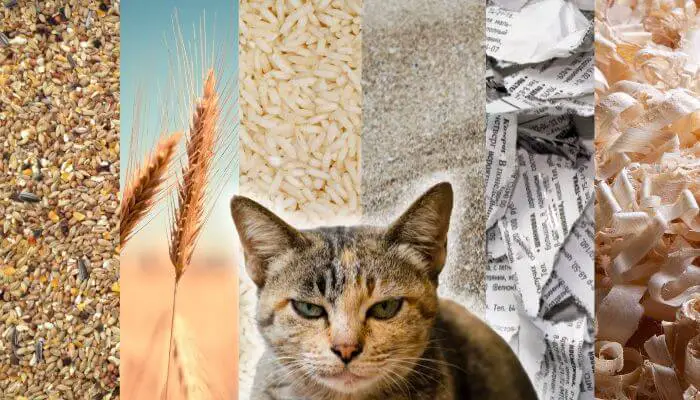
- Time-Consuming
Some of the DIY cat litters are quick and easy but others require some preparation before use.
It can also be time-consuming to get the materials needed and continue to get large amounts of the materials for ongoing use.
- Cat May Not Like It
Cats don’t like change and they tend to be very fussy about their litter boxes and litter types.
There may be some trial and error as you find a DIY litter your cat likes.
- Many DIY Litters Don’t Naturally Control Odour
You may have to add baking soda to the litter or clean the litter box out more frequently when using homemade litter as they do not control odour as effectively as many commercial options.
How To Control Odour With DIY Cat Litter
One of the downsides to DIY cat litter is that it doesn’t control odour as effectively as commercial options.
However, adding baking soda is an excellent way to help prevent bad smells and keep the litter cleaner for longer.
A teaspoon of baking soda is all you need, just add this to the homemade litter as you put it into the litter box and it will make a noticeable difference to the litter’s ability to handle odours.

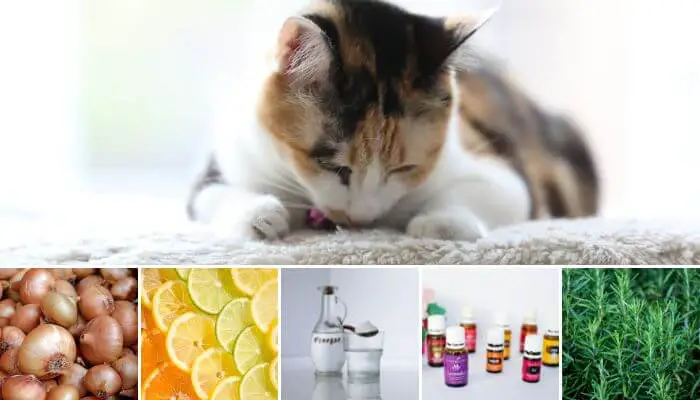

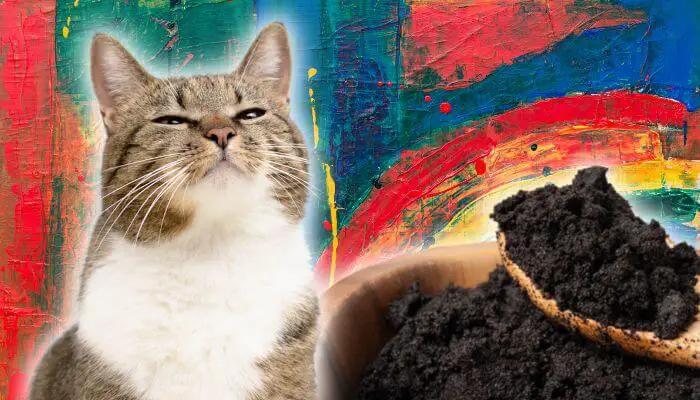
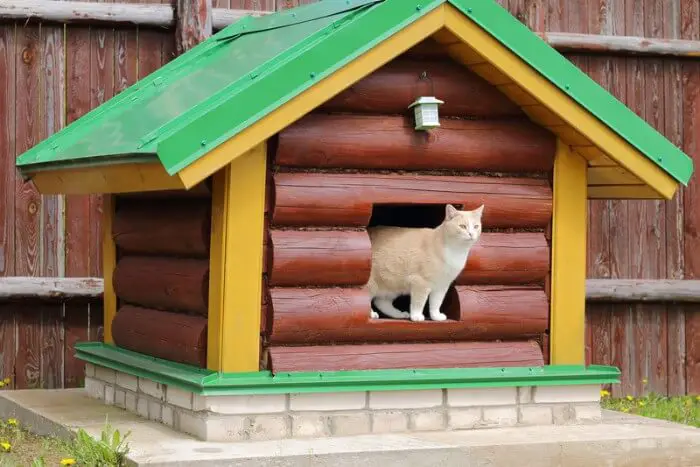
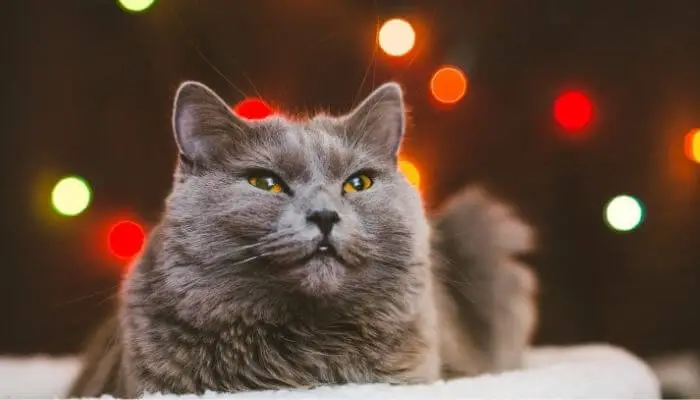

Leave a Comment